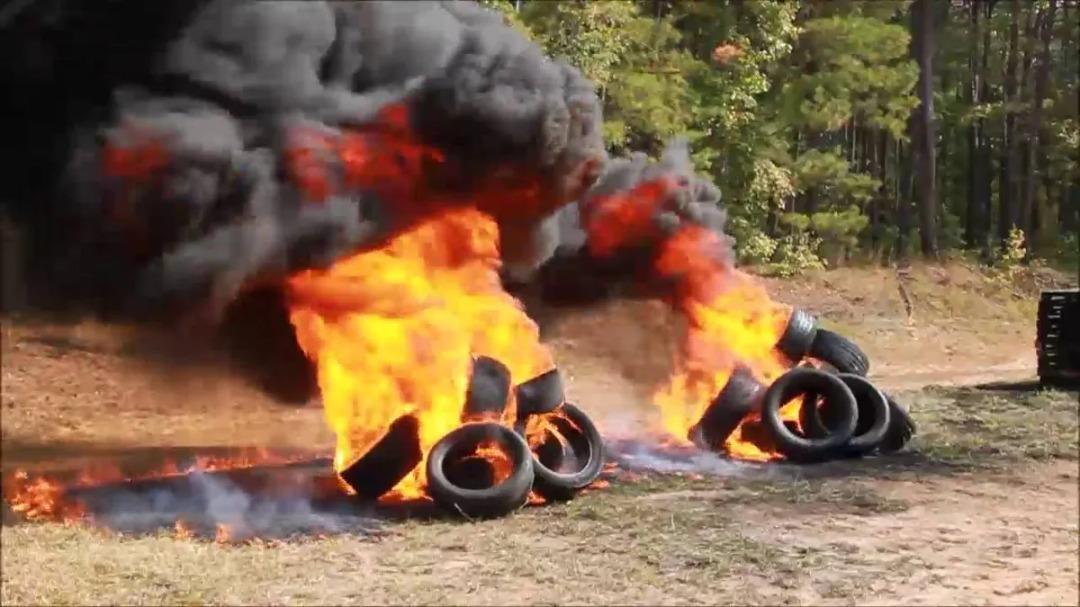
THICK black smoke billowing into the sky at night is a common sight in Nigerian cities, especially in Lagos. One may be forgiven to think it may be a house, a vehicle, or a landfill on fire, if one has never had the opportunity to get nearer one of the sources of the smoke to realise they are large heaps of discarded automotive tyres deliberately set on fire by some people.
Modern pneumatic tyres are made of synthetic rubber, natural rubber, fabric, and wire, along with carbon black and other chemical compounds. Those who burn the discarded tyres are only after the wires inside the tyres.
That is the reason for burning those heaps of used tyres every night and sending thick black smoke into the atmosphere and the air we inhale.
The culprits know fully well that what they are doing is wrong; that is why they carry it out in the middle of the night when many concerned citizens will not be able to see them. After burning the tyres, they retrieve the wires and take them to the market where they are sold as binding wires.
Burning those tyres and releasing thick black smokes into the atmosphere is one of the worst sins anyone can commit against our environment. Apart from polluting the air we breathe with thick black carbons containing harmful chemical compounds, the greenhouse gas effect they help to create around the globe is partly responsible for global warming, which has become one of the biggest threats to our survival on earth. Burning discarded tyres also releases hydrocarbons and other contaminants to the ground and even groundwater.
The favourite spots for these nefarious environmental crimes against humanity are along canals, lonely highways, nearby bushes and other secluded places.
Nigeria generates about 259 million scrap tyres per year. In the USA, the figure is about 285 million. This is understandable, given that Nigeria is somewhat a dumping ground for used tyres from developed and non-developed countries.
However, there are long-established remedies for the heaps of condemned tyres. Recycling is one option. In the industialised countries, scrap tyres can be recycled by chipping and processing them into new products.
Generally, tyres that have outlived their lifespans can be recycled into hot melt asphalt as Crumb Rubber Modifier to Recycled Asphalt Pavement, CRM—RAP, as well as an aggregate in Portland Cement Concrete. Shredded tyres can also be used as rubber mulch on playgrounds to reduce injuries that may occur when people fall down. We have seen “green” buildings that are made from old tyres.
In Nigeria, there are gifted artists who repurpose discarded tyres into home furniture and foot wares.
As for those who burn these tyres at midnight for profits, the environmental authorities such as the Lagos State Environmental Protection Agency, whose functions border on protection of clean air, should go after them without delay.
Disclaimer
Comments expressed here do not reflect the opinions of Vanguard newspapers or any employee thereof.